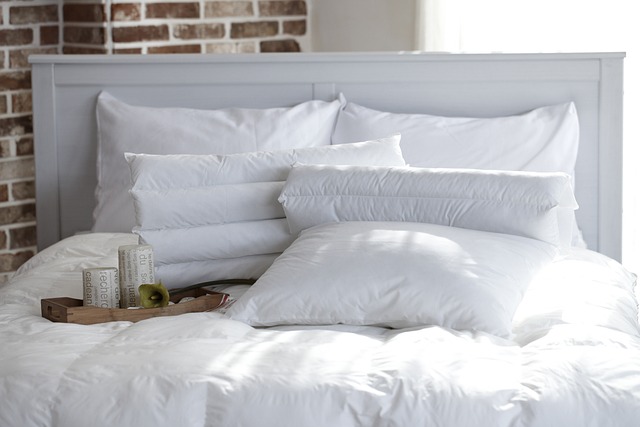
How to Select the Perfect Bedding for Different Sleep Preferences
Choosing the perfect bedding is essential for a good night’s sleep, but with so many options available, it can be challenging to find the right fit for your specific sleep preferences. Whether you prefer a cool, crisp feel or a warm, cozy embrace, selecting the right bedding can significantly impact your sleep quality. Here’s a guide to help you choose the perfect bedding tailored to different sleep preferences.
Understanding Your Sleep Preferences
Before diving into specific bedding options, it’s important to understand your sleep preferences. Ask yourself the following questions:
- Do you sleep hot or cold?: Knowing if you tend to overheat or get chilly during the night can help you choose the right materials.
- Do you have any allergies?: Hypoallergenic materials can prevent allergic reactions.
- What is your preferred texture?: Some people prefer smooth, silky sheets while others like a more textured feel.
- Do you share your bed?: If you share your bed with a partner, you may need to compromise on bedding preferences or find materials that cater to both of your needs.
Bedding Options for Different Sleep Preferences
1. For Hot Sleepers
If you tend to overheat at night, look for bedding that promotes airflow and wicks away moisture.
- Material: Choose natural, breathable materials such as cotton, linen, or bamboo. These fabrics allow air to circulate, keeping you cool.
- Weave: Opt for percale weave, known for its crisp, cool feel. It’s lightweight and breathable, perfect for hot sleepers.
- Cooling Technologies: Some modern bedding incorporates cooling technologies, such as phase-change materials or moisture-wicking properties, to help regulate temperature.
2. For Cold Sleepers
Cold sleepers need bedding that retains heat and provides warmth.
- Material: Flannel, fleece, or heavyweight cotton are excellent choices for retaining warmth.
- Weave: Sateen weave, which is tightly woven and smooth, helps trap heat and provides a cozy feel.
- Layers: Use multiple layers, such as a thermal blanket or a down comforter, to adjust warmth levels as needed.
3. For Allergy Sufferers
If you have allergies, hypoallergenic bedding can help minimize allergens like dust mites, mold, and pet dander.
- Material: Look for hypoallergenic materials such as bamboo, organic cotton, or microfiber. These materials are less likely to harbor allergens.
- Encasements: Mattress and pillow encasements can provide an additional barrier against allergens.
- Easy Maintenance: Choose bedding that is easy to wash regularly to keep allergens at bay.
4. For Luxury Seekers
If you want to create a luxurious sleep environment, focus on high-quality materials and craftsmanship.
- Material: Egyptian cotton, silk, or high-thread-count cotton sateen offer a luxurious feel.
- Weave: Sateen or silk weaves provide a smooth, lustrous finish that feels indulgent.
- Details: Look for bedding with fine details such as embroidery, hemstitching, or intricate patterns.
5. For Eco-Conscious Sleepers
Eco-conscious sleepers prioritize sustainable and environmentally friendly materials.
- Material: Organic cotton, bamboo, and linen are sustainable choices. These materials are produced with minimal environmental impact.
- Certifications: Look for certifications like GOTS (Global Organic Textile Standard) or OEKO-TEX, which ensure that the bedding meets high environmental and social standards.
- Recyclable and Biodegradable: Choose bedding that is recyclable or biodegradable at the end of its life cycle.
Tips for Selecting the Perfect Bedding
- Check Thread Count: While higher thread counts are often associated with quality, a thread count of 300-500 is usually sufficient for a soft, durable fabric.
- Test the Feel: Whenever possible, feel the fabric before purchasing to ensure it meets your texture preference.
- Consider Durability: Invest in durable bedding that can withstand regular washing and use.
- Match Your Décor: Choose colors and patterns that complement your bedroom décor for a cohesive look.
Conclusion
Selecting the perfect bedding requires considering your personal sleep preferences, from temperature regulation to texture and material. Whether you’re a hot sleeper in need of breathable fabrics or an allergy sufferer looking for hypoallergenic options, there’s bedding that can enhance your sleep quality. By understanding your needs and exploring different materials and weaves, you can create a comfortable and restful sleep environment.





.gif)




Thank you for sharing